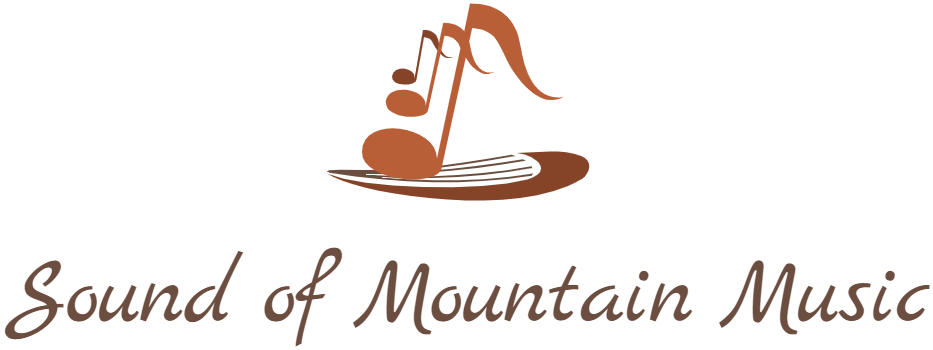The pipa is one of the most popular Chinese instruments and has been played for almost two thousand years in China. Several related instruments in East and Southeast Asia are derived from the pipa; these include the Japanese biwa, the Vietnamese đàn tỳ bà, and the Korean bipa. The Korean instrument is the only one of the three that is no longer widely used; examples survive in museums, as attempts to revive the Korean instrument have been partially successful in recent years.
The name "pipa" is made up of two Chinese syllables, "pí" and "pá". These, according to the Han dynasty text by Liu Xi, refer to the way the instrument is played - "pí" is to strike outward with the right hand, and "pá" is to pluck inward towards the palm of the hand. The strings were played using a large plectrum in the Tang dynasty, a technique still used now for the Japanese biwa. It has however been suggested that the long plectrum depicted in ancient paintings may have been used as a friction stick like a bow. The plectrum has now been largely replaced by the fingernails of the right hand. The most basic technique, tantiao, involves just the index finger and thumb (tan is striking with the index finger, tiao with the thumb). The fingers normally strike the strings of pipa in the opposite direction to the way a guitar is usually played, i.e. the fingers and thumb flick outward, unlike the guitar where the fingers and thumb normally pluck inward towards the palm of the hand. Plucking in the opposite direction to tan and tiao are called mo and gou respectively. When two strings are plucked at the same time with the index finger and thumb (i.e. the finger and thumb separate in one action), it is called fen, the reverse motion is called zhi. A rapid strum is called sao, and strumming in the reverse direction is called fu. A distinctive sound of pipa is the tremolo produced by the lunzhi technique which involves all the fingers and thumb of the right hand. It is however possible to produce the tremolo with just one or more fingers.
The left hand techniques are important for the expressiveness of pipa music. Techniques that produce vibrato, portamento, glissando, pizzicato, harmonics or artificial harmonics found in violin or guitar are also found in pipa. String-bending for example may be used to produce a glissando or portamento. Note however that the frets on all Chinese lutes are high so that the fingers and strings never touch the fingerboard in between the frets, this is different from many Western fretted instruments and allows for dramatic vibrato and other pitch changing effects.
In addition, there are a number of techniques that produce sound effects rather than musical notes, for example, striking the board of the pipa for a percussive sound, or strings-twisting while playing that produces a cymbal-like effect.
The strings are usually tuned to A-D-E-A, although there are various other ways of tuning. Since the revolutions in Chinese instrument-making during the 20th century, the softer twisted silk strings of earlier times have been exchanged for nylon-wound steel strings, which are far too strong for human fingernails, so false nails are now used, constructed of plastic or tortoise-shell, and affixed to the fingertips with the player's choice of elastic tape. However, false nails made of horn existed as early as the Ming period when fingerpicking became the popular technique for playing pipa.
The pipa is held in a vertical or near-vertical position during performance, although in the early periods the instrument was held in the horizontal position or near-horizontal with the neck pointing slightly downwards, or upside down. Through time, the neck was raised and by the Qing Dynasty the instrument was mostly played upright.
